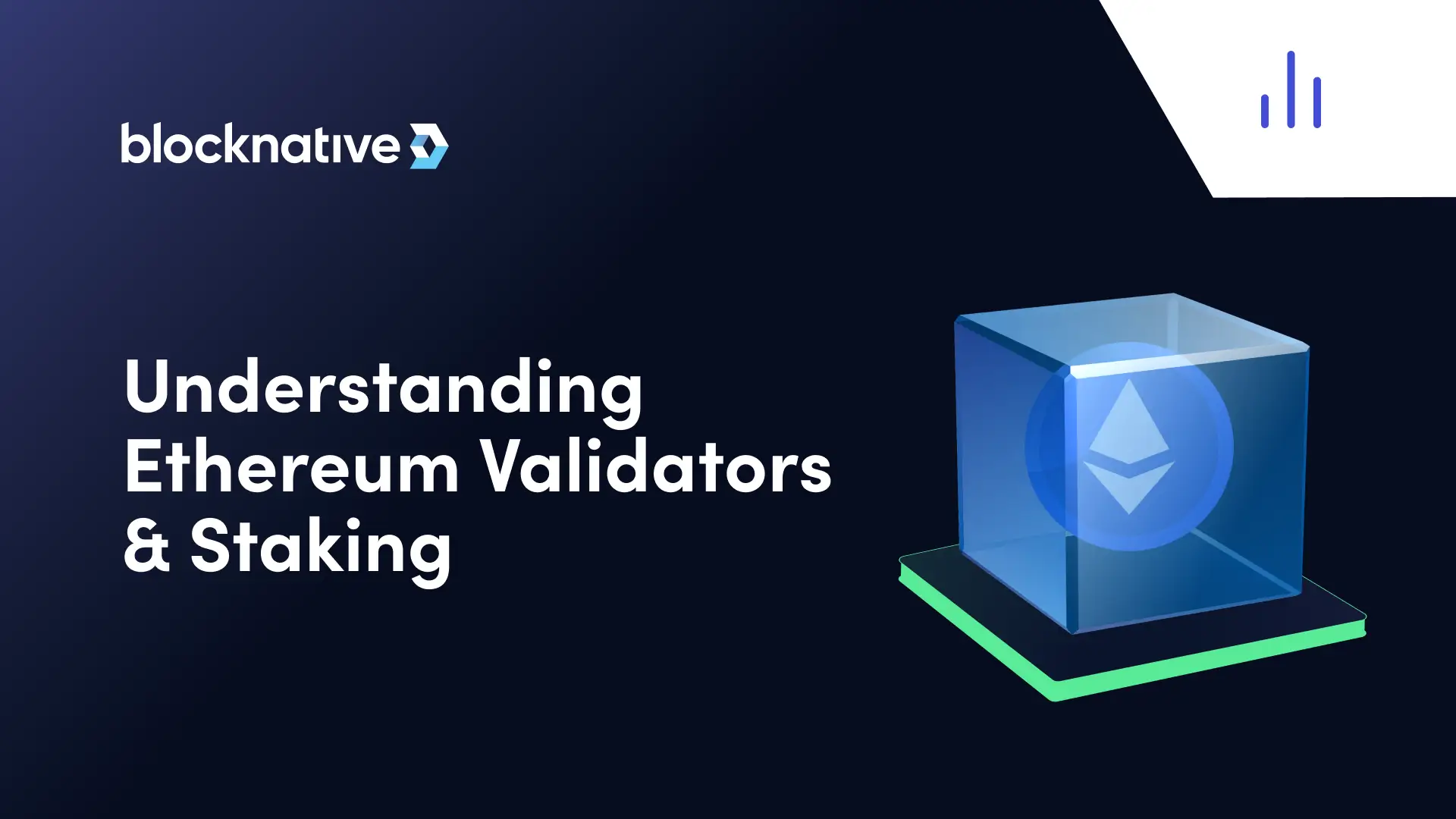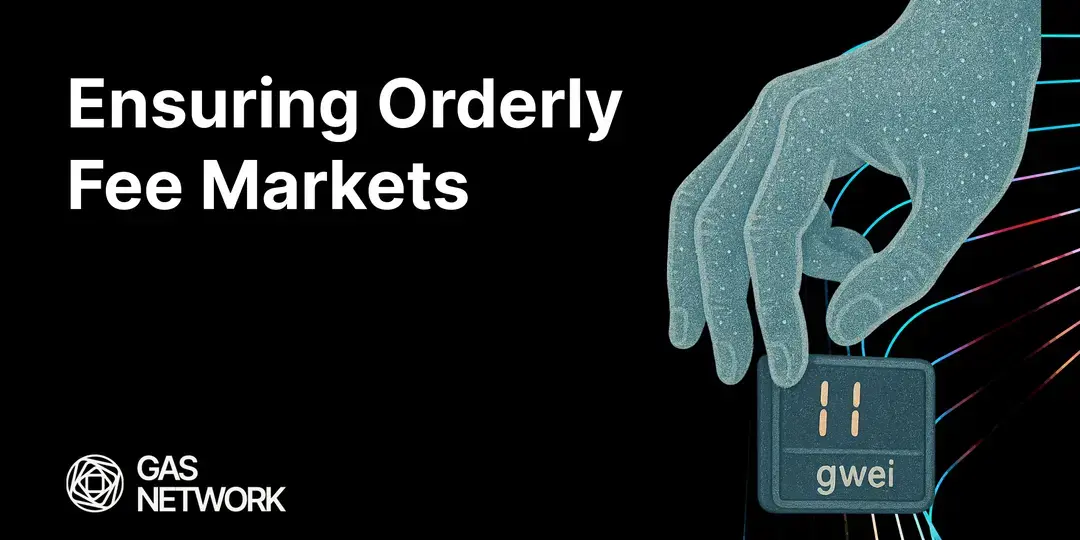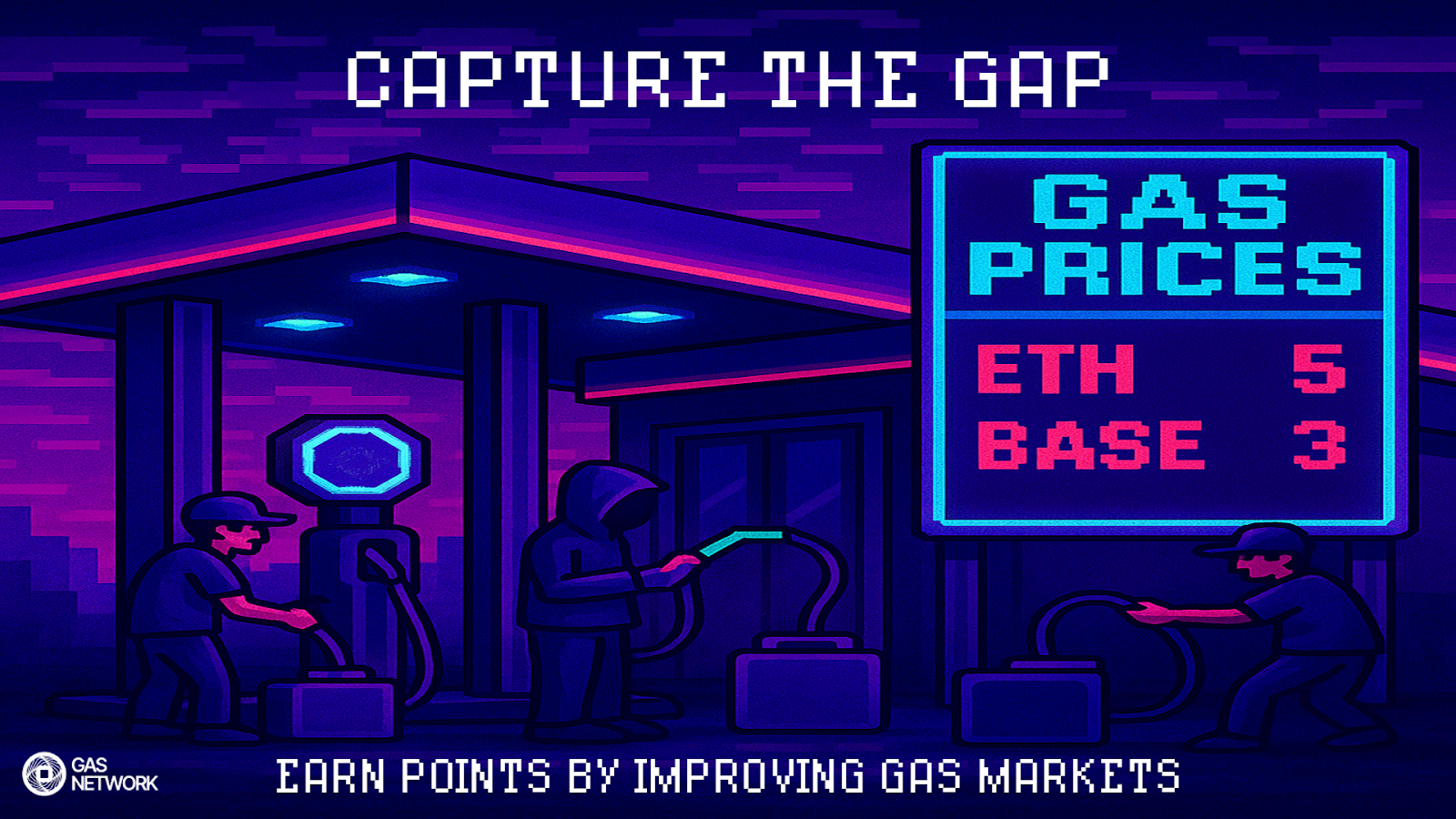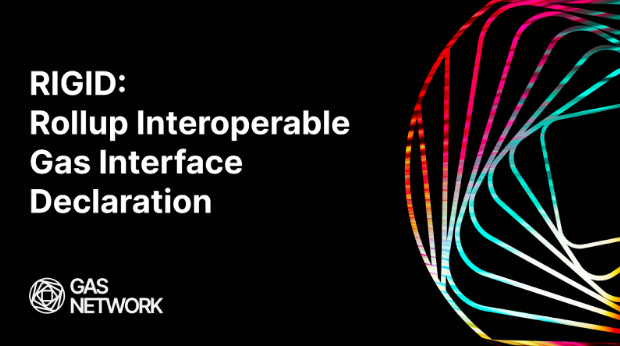Now that the Ethereum Merge is complete, staking Ethereum represents the most important action a user can take toward maintaining the health and security of the network. Users anywhere in the world with any balance of ETH can participate in network consensus while being incentivized via staking rewards.
In this guide, we’ll walk you through everything you need to know about the process of staking, the available participation options, the risks, the rewards, and what Blocknative is doing to support a robust validator community.
What is ETH staking?
Ethereum staking is the process by which users of the network participate in the Proof-of-Stake (PoS) consensus mechanism. Consensus, in this context, references how users of the network confirm that the transactions being conducted on the network are legitimate. “Validators” complete this task. These are users that stake at least 32 ETH while running the necessary hardware and software components.
PoS Ethereum validators stake by depositing their ether via a smart contract. This staked ether then acts as collateral that in-protocol rules will destroy if the validator behaves dishonestly or unreliably. When they act honestly and participate in the consensus process, they receive staking rewards in return.
Validators receive roughly 1,700 ETH per day split between them (this number varies based on the total amount staked by all validators). Also, thanks to EIP-1559, they receive the Priority Fees that are “tipped” via transaction activity. You can use our Ethereum staking ROI calculator to see what average validators receive for their efforts.
While 32 ETH is necessary to operate a stand-alone validator, individuals with less than 32 ETH can also enjoy yield from staking by participating in staking pools such as Rocket Pool, Lido, or with a centralized exchange like Coinbase.
Many validators run their staking operations as a way of supporting the Ethereum network. Staking is a public good for the Ethereum ecosystem and network security is strengthened when more individual validators take part in the consensus process. The cost of attacking Ethereum is directly proportional to the amount of ETH currently being staked. As more users participate, attacks become prohibitively expensive.
The Different Options for Staking Ethereum
Solo Staking
Solo staking represents the standard option for at-home stakers that wish to fully participate in Ethereum’s consensus process. Members of the web3 community consider this to be the most valuable form of staking in terms of supporting the network because it decreases the number of validators operating under a centralized entity. It also allows them to make direct decisions that impact Ethereum's overall client diversity.
While the hardware and software requirements for running an ETH validator node can appear to be barriers for some users, solo stakers can opt to purchase specialized products specifically built for at-home staking, such as AVADO and DAppNode.
Pros
- Increases Ethereum’s overall decentralization
- No trusted third-party
- You receive the full allotment of rewards produced by the validator
Cons
- Higher start-up costs than all other options
- Not possible to solo stake and earn rewards without a full 32 ETH
- You can lose your ETH due to improper configuration (consider starting with testnet ETH)
What You Need
- 32 ETH
- Robust hardware (see our Ethereum validator setup guide for specific details)
- A basic understanding of using a CLI
- Secure storage for mnemonic phrases and passwords
- An execution layer client
- A consensus layer client
- A reliable internet connection
Examples
Staking as a Service (SaaS)
For users that have a full 32+ ETH but that do not wish to maintain their own hardware and software clients, staking-as-a-service may be an attractive option. You provide the staking service provider your validator keys so that they can perform all of the required duties on your behalf.
You generally do not need to provide staking-as-a-service providers with your signing keys that control your deposited ETH. This is the main benefit of SaaS over other options. You can remove the complexity of operating a validator and earn rewards while maintaining direct control over your funds.
Pros
- Lower barrier to entry than full solo staking
- No need to maintain hardware or software
- Retain control over the keys to your deposited ETH
Cons
- You are reliant on a trusted 3rd party to maintain your reputation as a validator, generate rewards, and avoid being slashed
- A monthly payment is usually required
- Not accessible for users without 32 ETH
What You Need
- 32 ETH
- A SaaS provider
- A key generator
Examples
Pooled Staking
Pooled staking is an option that is useful for users that do not have 32 ETH, or who have a sufficient amount of ETH but do not feel comfortable with staking-as-a-service. When you participate in pooled staking, you generally exchange your ETH for a collateral token distributed by the staking pool operator. This is known as liquid staking. The collateral token represents the ether you have staked in the pool and becomes your key to redeeming your funds and pooled rewards.
One of the unique characteristics of pooled staking is that your rewards are “smoothed” when compared to an individual Ethereum validator. While individual validators may vastly outperform (or underperform) average staking rewards based on the potential to propose exceptionally valuable blocks, this will not be the case for users that participate in the pool. The pool itself will likely win blocks that are more valuable than average, but it will be balanced by lower-value blocks as well. Pool operators will then even out these fluctuations in value when distributing rewards to all members.
Pros
- Participate in the decentralized governance of Ethereum with <32 ETH
- Participation is as simple as completing an ERC-20 token swap
- You will maintain access to liquidity via ownership of the pool’s staking tokens
Cons
- The pool operator will usually take a percentage of all staking rewards
- You are reliant on a trusted third party to generate rewards and avoid being slashed
- If a slashing event occurs, the pool operator is at a higher risk of losing a significant amount of ETH due to the way that slashing penalties are calculated
What You Need
- ETH to stake
- A web3 wallet
Examples
Centralized Exchanges
Centralized exchanges are by far the most accessible and user-friendly option for those that wish to stake ether. They will usually provide top-tier security and asset management since most reputable exchanges are battle-hardened vs attackers looking to steal coins via exploits. Like pooled staking options, you can expect rewards that are accumulated via exchange staking to be smoothed.
The trade-off for this ease of use is that staking with a centralized exchange does very little to promote the decentralization of network governance. It creates clear central points of failure for the network and opens the door to potential attack vectors.
Pros
- Extremely easy to use
Cons
- The exchange will usually take a percentage of your staking rewards
- Staking with exchanges increases validator centralization
- Your coins are completely under the control of a trusted third party
- If a slashing event occurs, the exchange operator is at a higher risk of losing a significant amount of ETH due to the way that slashing penalties are calculated
What You Need
- ETH to stake
- An account at an exchange that offers staking
Examples
The Rewards of Staking
ETH staking rewards are one of the key motivational forces driving many users to participate in the consensus process. As such, the design choices and reward logic that Ethereum’s core developers have chosen were carefully designed over several years. You can read some of Vitalik’s original notes on reward economics here.
There are three sources of monetary rewards that Ethereum validators can potentially capture. At the moment, these monetary rewards give stakers a return of ~4.5% APR on their ether. However, due to the way that rewards are calculated, there is a potential for validators to underperform or exceed this rate based on luck.
Rewards for participating in consensus:
The actions below generate rewards for validators when they participate in Ethereum’s consensus process:
- Source vote: The validator has made a timely vote for the correct source checkpoint
- Target vote: The validator has made a timely vote for the correct target checkpoint
- Head vote: The validator has made a timely vote for the correct head block
- Sync committee reward: The validator has participated in a sync committee
- Proposer reward: The validator has proposed a block in the correct slot
- Attester reward: The validator has votes to agree with a decision being made on-chain that the majority of other validators agree with
- Whistleblower reward: The validator proposing a block includes evidence that a slashable offense was committed by another validator
A full outline of exactly how these rewards are calculated can be found here. It is worth noting that the “Proposer reward” is the most significant reward possible for a validator. The rewards for being a block proposer far outweigh the collective rewards from simple voting and sync committee participation. Being a block proposer also opens the door to collecting priority fee rewards and MEV-Boost rewards.
Priority fee rewards
The validator acting as a block proposer receives the sum of all priority fees within the block that they propose. For a full analysis of what priority fees are and how they work, we recommend our guide to EIP-1559.
MEV-Boost rewards
The validator acting as a block proposer also receives value captured by MEV searchers that are bundled by block builders and delivered via the optional protocol sidecar MEV-Boost. A validator must opt into utilizing MEV-Boost to capture these rewards.
Supporting Ethereum’s security and decentralization:
For many users, staking and running a validator is important for reasons beyond monetary rewards. The more ether that is staked, the more secure the network becomes. This means that staking even a single ether can be a way for a user to express solidarity with the Ethereum network’s ethos of community-run technology.
For those that run a solo validator, it also represents a way to directly participate in the governance of web3’s foundation:
Running a solo validator on the Ethereum beacon chain is one of the most empowering expressions of free speech we have. Just one validator. I know it's out of reach for many, but if you're privileged enough to have the opportunity then please take it!
— superphiz.eth 🦇🔊🐼 (@superphiz) August 14, 2022
This participation further strengthens the Ethereum ecosystem by ensuring that there is one more validator controlled by a unique individual. Many validators are currently operated by centralized exchanges and staking pools. By increasing the percentage of nodes that are not operated by singular entities, the Ethereum community guards against the potential for a successfully coordinated consensus attack on the network.
The Risks of Staking
The risks that are associated with staking are highly dependent on the method of staking you employ. Some risks are associated with the challenges of operating a solo validator, some risks are part of the protocol’s design, and others are due to trust assumptions when dealing with trusted third parties.
The challenges of validator operation:
There are many risks to being a validator that anyone attempting to participate in the network must account for. You must take great care to save mnemonic phrases and passwords associated with your deposit addresses. In a worst-case scenario, failing to do so could result in a complete loss of funds. It is also essential to invest in top-tier hardware and a stable internet connection to reduce downtime and the odds of validator failure.
Even participating in a staking pool with liquidity tokens can be risky. If you lose access to your web3 wallet and do not have a recovery phrase to restore that access, your funds will be lost forever. Taking care to be patient and follow all necessary instructions during the process of staking is essential.
In-protocol penalties and slashing:
Validators also must consider in-protocol penalties for incorrect or missing attestations. Attestations represent a validator’s “votes” regarding the chain’s most recent blocks and they are expected once per epoch. Missed attestations are usually triggered by downtime, but they can also be caused by technical issues.
Many validators will set a goal to completely eliminate minor penalties like missed attestations by overengineering their validator configuration. However, there is a balance that must be struck between optimizing your validator to eliminate any possibility of minor penalties and putting yourself at risk of slashing. Overcomplicated validator setups are one of the most common causes of validators being slashed by the network.
Slashing describes the process whereby other network participants forcibly eject an offending validator from the Beacon Chain while continuously draining their balance. In the most extreme cases, a slashed validator may lose their entire stake in the network. Slashing is a worst-case scenario for validators and a validator’s main goal should always be to avoid conducting any potential slashable offenses.
Trusted third parties:
Even if you are not a solo staker and are simply participating in a staking pool or with a staking-as-a-service operator, there are still risks to consider. You must ensure that the pool or operator you are working with is extremely reputable. If you are considering utilizing a staking service we highly recommend conducting extensive research to ensure that they are operating in a transparent, professional manner. A dishonest staking pool operator has the potential to steal your ETH, while an incompetent staking pool operator may put your deposit at risk of being slashed.
Social proof will always be your best guiding light when selecting a staking service for your ETH. A great resource for additional research is the EthStaker Reddit & Discord communities.
Loss of liquidity:
Ethereum’s proof of stake system does not currently allow for withdrawals of staked ether. There are plans for withdrawals to be enabled during the next major Ethereum upgrade event— Shanghai. Shanghai is scheduled for April 2023.
If you are considering staking ETH, you should understand this trade-off and that you may not be able to access your fully liquid assets until development work is completed. An option around this is utilizing liquid staking protocols or exchanges where you are sometimes given a token that represents your staked ETH. This token is then fully liquid and can be exchanged for ETH at any point in time. However, there is no guarantee that the token will be tradeable for the same amount of ETH. In the past, some liquid staked tokens have diverged from their peg against ETH as events within the ecosystem can increase demand for more liquid assets.
Blocknative’s Role in the Staking Ecosystem
Blocknative is proud to contribute to the decentralization of Ethereum block building infrastructure through the Blocknative Relay. With 4 years of experience operating low-latency, highly reliable infrastructure for Ethereum, we optimize your profitability no matter what transactions are in the mempool.
We developed and open-sourced the software behind the Blocknative Relay— Dreamboat. It’s our hope that this software can serve as a stepping-stone to further relay diversity. We believe that having a variety of relays with significant adoption catering to a diverse group of block builders is essential to ensuring that the network continues to be significantly decentralized.
If you are a solo staker, we encourage you to add our relay (and all other relays you see fit) to help promote a diversity of options amongst the staking community. If you are not a solo staker, but utilize a staking service, we recommend reaching out to your service provider to encourage them to connect to a diverse set of relays.
If you have questions, be sure to join our Discord for live updates and support.
For further reading we recommend:
Gas Extension
Blocknative's proven & powerful Gas API is available in a browser extension to help you quickly and accurately price transactions on 20+ chains.
Download the Extension



